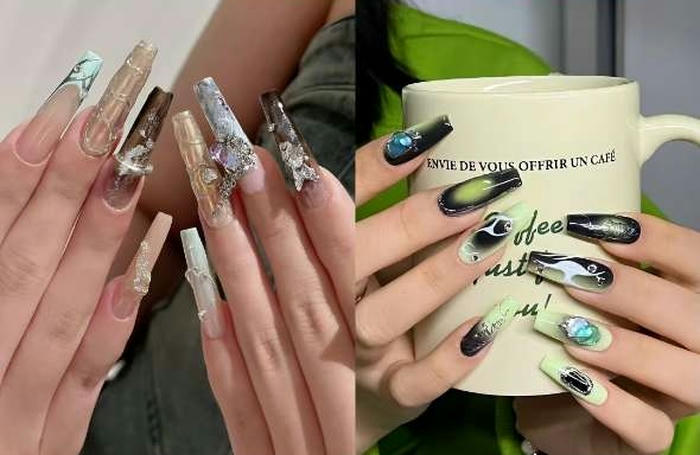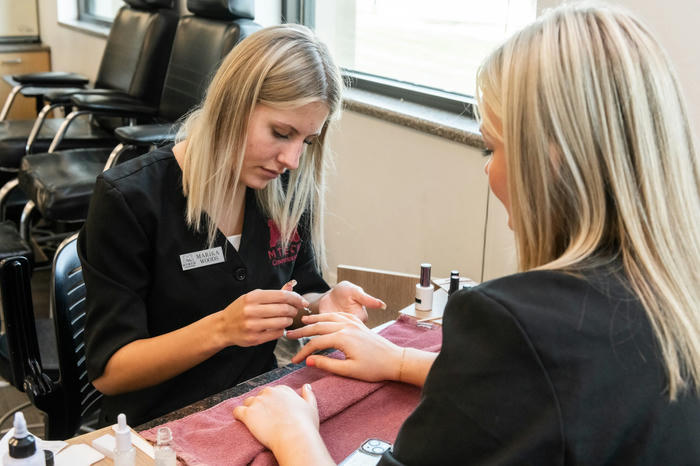The Global Rise of Nail Artistry: How to develop new career possibilities through nail art skills?
The world of nail artistry is no longer confined to local salons—it’s a borderless profession thriving in cities from New York to Tokyo, London to Cape Town. As self-care becomes a universal priority, the demand for skilled nail technicians has skyrocketed, creating opportunities for creative individuals to turn their passion into a lucrative career. Whether you’re drawn to intricate nail designs or aspire to build a clientele across continents, here’s how to navigate this dynamic field.
Mastering the Craft: What Nail Technicians Actually Do
Nail artistry is equal parts science and creativity. Beyond the basics of manicures and pedicures, professionals specialize in gel extensions, 3D nail art, and medical-grade cuticle treatments. In Germany, for instance, strict hygiene protocols require autoclave sterilization for all tools—a standard now adopted globally post-pandemic. Meanwhile, Japanese technicians are celebrated for “nail sculpting,” a technique using acrylics to create delicate floral patterns thinner than a human hair.
Clients today expect more than polish changes. Mobile services in South Africa’s bustling cities cater to busy professionals with on-demand appointments, while French nail bars emphasize luxury add-ons like paraffin wax dips. The key? Adaptability. A technician in Milan might master minimalist chrome finishes for fashion weeks, while their counterpart in Toronto focuses on durable gel designs for harsh winters.

From Classroom to Salon: Training Paths Tailored for Global Success
Breaking into the industry starts with targeted education. In the U.S., most states mandate 300–600 hours of accredited training covering sanitation, anatomy, and product chemistry. Programs like the BeautyTech Academy in London offer hybrid courses—online theory paired with in-person workshops—ideal for learners balancing jobs. Japan’s Nailist Pro School takes a different approach: students train for 12 months under master artists, perfecting everything from airbrushing to repairing nail bed damage.
For those seeking flexibility, Canada’s Virtual Nail Educator platform provides certifications recognized in over 15 countries, complete with AI-driven feedback on technique. “I trained online during lockdowns,” shares Nairobi-based entrepreneur Aisha Mwangi, “and now I run a salon teaching 3D nail art to 20 apprentices.” Building a portfolio is critical: document your best work on Instagram or TikTok, tagging trends like #GemstoneNails (popular in Dubai) or #BridalFrenchTips (a staple in Italian weddings).

Why the Next Decade Belongs to Nail Professionals
The numbers don’t lie: the global nail care market is projected to exceed $23 billion by 2028, driven by a 22% surge in technician jobs. According to reports from urban centers such as Berlin and Los Angeles, hourly wages for specialists in non-toxic gel manicures or nail rehabilitation care have doubled year by year.. Independent techs are capitalizing on niches—think Toronto’s “Nail Food Truck” serving festivals or Johannesburg’s pop-up nail bars targeting bridal expos.
Salon owners face stiff competition from tech-savvy solopreneurs. London’s GlossLab, for example, operates app-booked “nail vending machines” in office towers, while Seoul’s AI-powered salons analyze skin tones to recommend designs. The rise of nano-influencers—techs with 10K–50K followers—has also blurred lines between artistry and marketing. “My TikTok tutorials on Japanese ombré nails doubled my bookings,” says Sydney-based artist Lena Choi.
Innovations Rewriting the Rulebook
Gone are the days of simple acrylics. Biotech breakthroughs now allow “smart nails” embedded with NFC chips for contactless payments—a trend pioneered in Singapore. Eco-conscious clients in Scandinavia demand plant-based polishes like Sweden’s Lumiere Organics. Meanwhile, 3D printing has revolutionized custom nail art: Parisian studios use CAD software to craft lace-like designs inspired by haute couture.
Health is also driving change. Over 40% of clients in the U.S. now request “nail detox” programs to repair damage from gels, fueling demand for certified nail nutritionists. Germany’s NailMed Academy even offers courses in podiatry collaborations, teaching techs to identify early signs of diabetes or circulation issues through nail analysis.
Your Blueprint to a Borderless Nail Career
Certify Strategically: Research licensing requirements in your target region. California mandates 400 training hours, while South Africa recognizes apprenticeships.
Specialize Early: Focus on high-demand skills like Russian manicures (banned in some U.S. states but booming in Europe) or K-beauty “glass nails.”
Leverage Digital Tools: Use apps like Nailixir to manage bookings or Pantone Studio to create custom color palettes for clients.
Network Globally: Join forums like The Nail Tech International Hub to exchange trends—Brazil’s neon Carnival designs could inspire your next collection.
Different nail art courses are becoming more and more abundant, and the cost of learning nail art skills is getting lower and lower. Learn this skill as early as possible to open up new possibilities for your career.The door is wide open. Will you step through?
